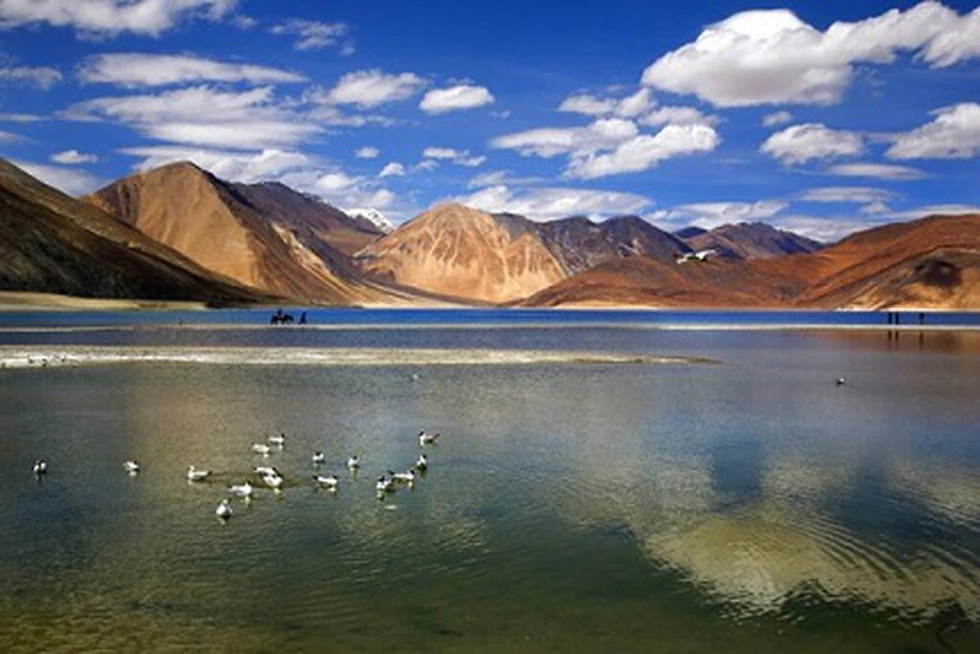UPSC Articles
Tso Kar Wetland Complex becomes India’s 42nd Ramsar site
Part of: GS Prelims and GS-III – Environment; Biodiversity
In news
- India has added Tso Kar Wetland Complex in Ladakh as its 42nd Ramsar site.
- It is also a second one in the Union Territory (UT) of Ladakh.

Key takeaways
- The Tso Kar Basin is a high-altitude wetland complex.
- It consists of two principal waterbodies, Startsapuk Tso, a freshwater lake and Tso Kar itself, a hypersaline lake situated in the Changthang region of Ladakh.
- It is called Tso Kar, meaning white lake, because of the white salt efflorescence found on the margins due to the evaporation of highly saline water.
- The Tso Kar Basin is an A1 Category Important Bird Area (IBA) as per Bird Life International and a key staging site in the Central Asian Flyway.
- The site is also one of the most important breeding areas of the Black-necked Crane (Grus nigricollis) in India.
- This IBA is also the major breeding area for Great Crested Grebe (Podicepscristatus), Bar-headed Geese (Anserindicus), Ruddy Shelduck (Tadornaferruginea), Brown-headed Gull (Larusbrunnicephalus), Lesser Sand-Plover (Charadriusmongolus) and many other species.
Do you know?
- Tso Moriri or Lake Moriri or “Mountain Lake”, is a lake in the Changthang Plateau in Ladakh.
- It was notified in 2002 under the List of Ramsar Wetland sites under the Ramsar Convention.
Important value additions
The Ramsar Convention
- It was signed on 2nd February, 1971.
- It is one of the oldest inter-governmental accords signed by member countries.
- Objective: To preserve the ecological character of their wetlands of international importance.
- It is named after Ramsar, the Iranian city where the treaty was signed.
- Places chosen for conservation under it are given the tag ‘Ramsar site’.
- The aim of the Ramsar list: To develop and maintain an international network of wetlands which are important for the conservation of global biological diversity and for sustaining human life through the maintenance of their ecosystem components, processes and benefits.
Related articles:
- Other recently added Ramsar sites: Click here











